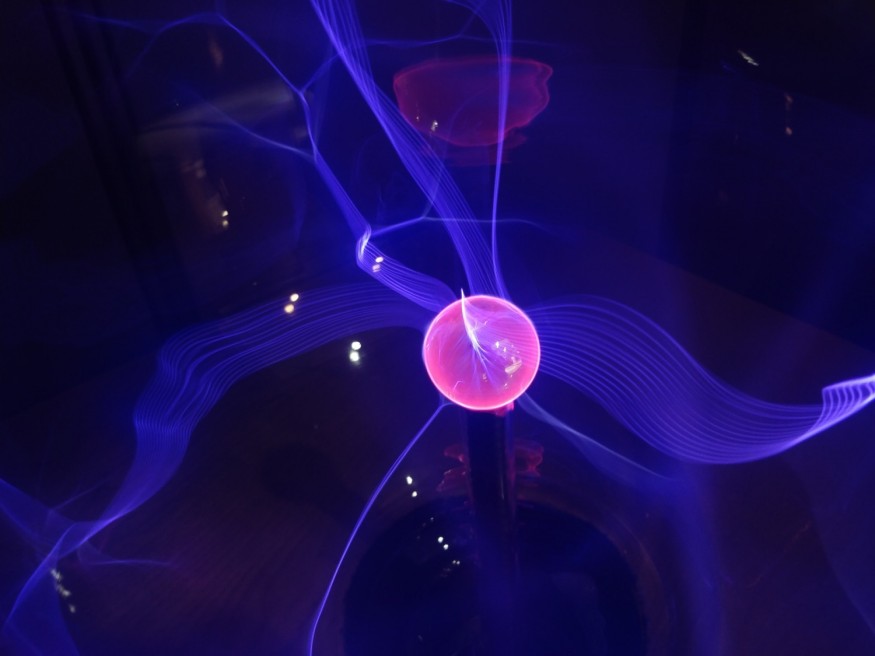
Many predictions in the world of physics have either been proven or disproved, with new findings coming out as technology advances. As such, a 50-year-old prediction has come true as electron pairing for artificial atoms has been achieved.
Quantum State Achieved
A prediction made by Japanese theoreticians 50 years ago has come to life due to research carried out by the Universität Hamburg's Department of Physics researchers which observed the predicted quantum state. What's peculiar about the findings was that they initially eluded detection.
The researchers were able to pair electrons on the surface of a supercomputer by tailoring artificial atoms. The so-called quantum dot's electrons were paired, which induces the smallest supercomputer version.
This goes against the regular function of electrons as they normally repel each other due to their negative charge. However, the electrons were somehow "glued" together in pairs, resulting in the construction of bosons.
Bosonic pairs, compared to solitary electrons, don't repel each other and can coexist within the same space while performing identical motions together. Bosonic pair production already has uses in the medical field, with its production and squeezing beneficial for the optical cavity.
Electron Pairs Superconductivity
What makes this accomplishment extremely interesting is how superconductivity is an important intriguing property of electron pairs materials. For years, superconductivity has found much importance as it's harnessed for different technological applications like magnetic resonance imaging and others.
Through the trend of companies shrinking electronic tech devices, there's huge commercial interest in further understanding the role of superconductivity when it comes to achieving smaller nanoscale structures.
The Department of Physics and The Cluster of Excellence researchers have realized electron pairing in the quantum dot artificial atom. The quantum dot is considered a nanostructured electronic device's smallest component.
These semiconductor nanocrystals are just a nanometre scale in dimension and have unique chemical and physical properties due to size and structure typically ranging from 1.5 to 10 nanometers. Samsung's quantum dot display tech measures just two to 10 nanometers which are usually added layers of glass, film, filters, and electronics.
Electrons Locked in Tiny Cages
To accomplish the experiment, the electrons were locked in tiny cages atom by atom. These cages were built from silver and the experiment was led by PD. Dr. Jens Weibe from the Solid State Physics and Institute for Nanostructure.
The electrons got the tendency to pair with superconductors because of how they were coupling the locked electrons.
In the early 1970s, a team of theoretical physicists including Kazushige Machida and Fumiaki Shibata predicted this quantum state. Researchers led by Dr. Thore Posske were able to relate the experimental signature to those of the previous predictions.
Kazushige Machida wrote to Dr. Lucas Schneider, the author of the publication, that he was thankful for the discovery of the half-century paper. He then highlighted how the experiment used an ingenious method and how initial estimations became true experimentally.
RELATED ARTICLE : First Images of Fermion Combinations Captured by MIT Physicists, Shedding Light on the Formation of Electron Pair in a Superconducting Material
Check out more news and information on Chemistry in Science Times.
© 2025 ScienceTimes.com All rights reserved. Do not reproduce without permission. The window to the world of Science Times.












